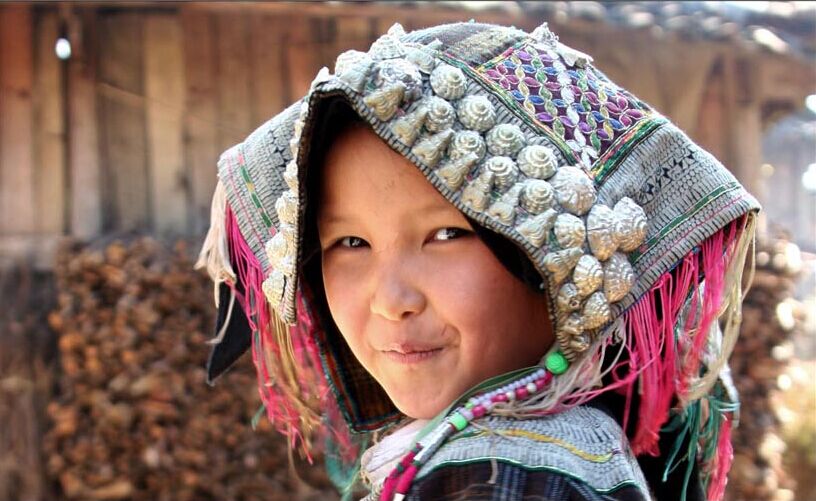

Kucong Ethnic People


Kucong is one of the poorest minorities in China. The people are considered as invisible people as they seldom let traders see them when they sell their wares to buy some necessities. Their houses are small and narrow and a house consists of a single room without divisions and without windows. The fire is in the center, where the family members sleep with their livestock. Today, they still keep a semi-nomadic existence, living mainly from hunting and gathering; and government subsidies. The Kucong are not recognized by the Chinese government as an official minority nationality, but they are officially being considered.
More than 3,000 Kucong inhabit at least 16 villages of northern Laos. A subgroup of the Kucong in Laos are called Lahu Aga ('Bent Gourd Lahu') by other people because traditionally they wore a curved gourd around their necks. The Kucong are one of the more primitive groups in Laos and they have little contact with other ethnic groups.
Identity
The Kucong are also known as the Yellow Lahu, or Lahu Shi and have been officially included as part of the Lahu in China since 1987. Before that time they were included in a list of Undetermined Minorities. The Kucong have lived in dire poverty for generations. "Their lives were primitive, like wild animals, until they were discovered in the virgin jungles by their civilized compatriots about twenty years ago, when they were on the verge of extinction."
History
Between the fourteenth and nineteenth centuries the Lahu had strong leadership in their wars of resistance against their Han and Tai rulers. Not until an irretrievable defeat in 1799 did they begin to collapse. This defeat caused the Lahu to flee into the mountains; from that point on they fragmented as a people. The Black Lahu claim to be pure Lahu and express contempt for the Kucong for having surrendered to the Qing army in the combat of the last century. Since that time the Kucong have been hated and oppressed by all other Lahu. "Many of the Kucong died, not just from starvation, but attacked also by wild animals and disease. Between 1947 and 1949 alone, a third of the village population succumbed."
Customs
The autumn harvest provides Kucong families with a small amount of grain for the year. Their meals are supplemented by wild berries and herbs and with any birds or animals that can be caught. All Kucong women have their heads shaven. "When they go into town they wear hats, embarrassed the people of other minorities will mock them for their baldness."
Religion
The Kucong are primarily Theravada Buddhists, in comparison to the majority of Lahu who are either animists or Christians. In the past, Christianity was not able to spread from the Lahu to the Kucong because of the many prejudices between the two groups.
Christianity
Although there are fewer believers among the Kucong than among the Lahu, H. A. Baker - the great Pentecostal missionary - left a spiritual legacy at a Kucong village called Stony Stockade in an untraversed mountain ridge in Mojiang County. "The whole village of 29 households were converted after hearing Baker's fiery preaching, and they have earnestly adhered to the faith until this day. Right up to the present, the old inhabitants still enjoy very much recounting to visitors, vividly and nostalgically, anecdotes of 'Ben Mooshi' (Pastor Baker)."
You will only receive emails that you permitted upon submission and your email address will never be shared with any third parties without your express permission.
